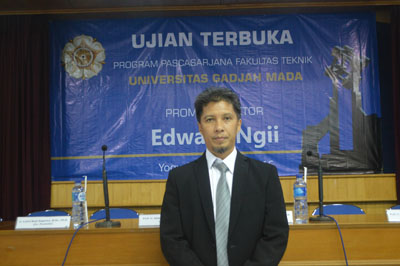
Caring practices of nursing treatment at hospitals, including at emergency ward, are not yet satisfactory to patients and family as seen in the many complaints that are raised by members of society.
According to Jebul Suroso, S.Kp., M.Kep, lecturer in Health Sciences of Universitas Muhammadiyah, Purwokerto, there were many factors causing the low performance of nursing treatment care. This includes the caring measurement at emergency wards that have not yet used specific instruments according to emergency ward characterisctis. This is caused by, among others, poor administrative and environment aspects. While caring measurement in fact uses unspecifc tools that cause invalid results. Unavailability of caring instrument and standard, especially for emergency ward, is risky to have negative impacts on services.
“Emergency wards are a unit at the forefront of hospitals that give first services to patients, especially those with emergency needs. To give the caring at hospital at it best, it is necessary to take into account caring administrative aspects, environment aspect, and behaviour aspect of the nurse,” said Jebul Suroso at Faculty of Medicine UGM on Friday (22/7) during his doctoral promotion.
According to Jebul Suroso, the unique nature of hospitalisation ward and human cultural characteristics became a challenge for health an d nursing researchers to combine the theories for nursing cares. The same is true for the unique service of emergency ward services.
On his research, Jebul Suroso mentioned at least ten indicators are required to meeting the need for caring during nursing emergency services at hospital. These are: quick and responsive, clear information, friendly, polite, and fair, attention, prayer and motivation to patient, and competent. Meanwhile, the ward needs to be clean and comfortable with good facilities and equipment, security, clear and ease of administration, waiting time for service and room change.
“Thus, caring instruments of nursing services at emergency wards have been revised from initial draft with 60 items to 50 items, then second revision 46 items, and short version 20 items in order that caring instruments for nurisng services at emergency wards meet validity and reliability,” he said.


